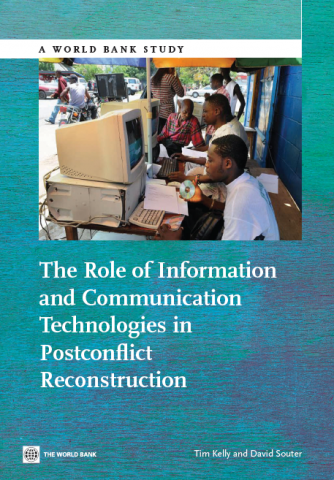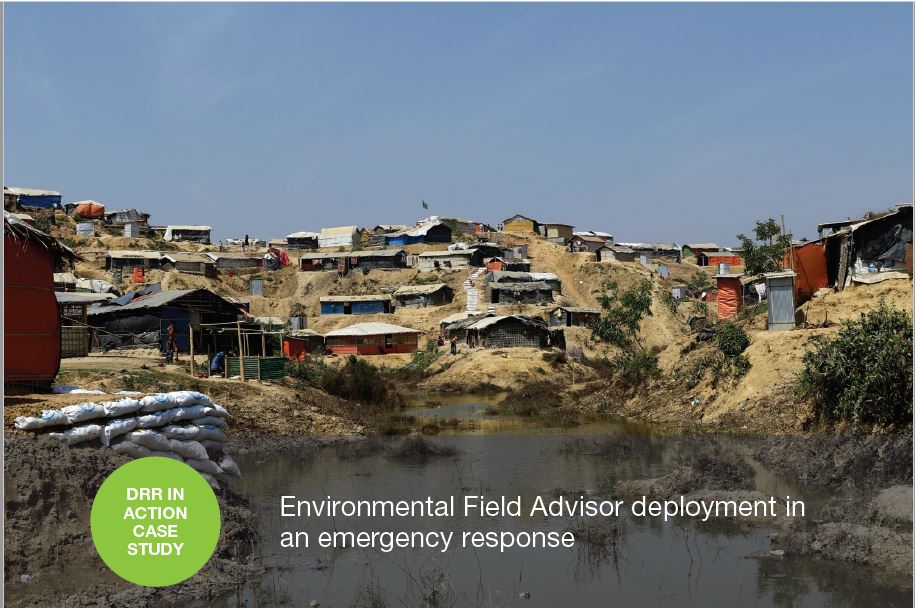GPS and Earthquake Early Warning
What makes for an effective earthquake early warning system? With seismic data alone, we cannot determine the magnitude and rupture area of great earthquakes as quickly and effectively as we can with the addition of GPS data. In this animation, we see why Japan’s earthquake early warning system underestimated the magnitude of the March 11, 2011 Tōhoku event, leading to underestimates of the earthquake’s effects. Can we more effectively detect and describe a similar great earthquake along the Cascadia subduction zone by using GPS data from EarthScope’s Plate Boundary Observatory?
This video was produced as a collaboration of EarthScope, UNAVCO, CEETEP, and IRIS.
www.earthscope.org, www.unavco.org, ceetep.oregonstate.edu, www.iris.edu
Animation by Jenda Johnson
Directed by Robert Butler, University of Portland
Narrated by Roger Groom, Mount Tabor Middle School


